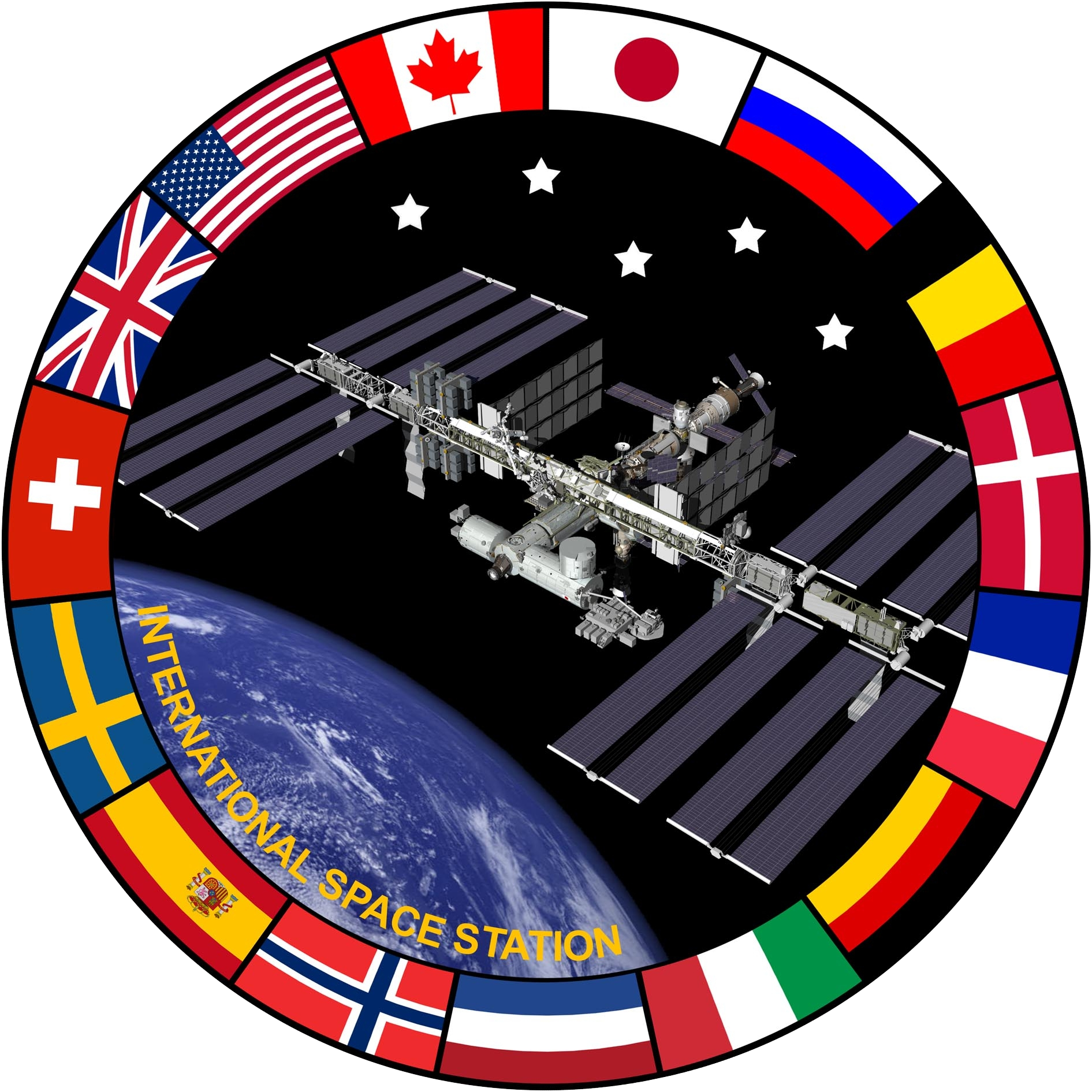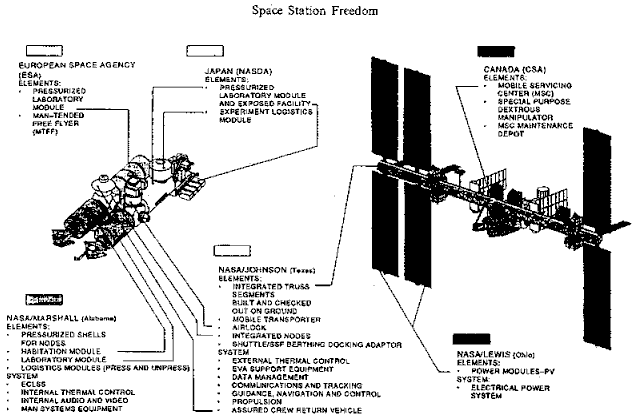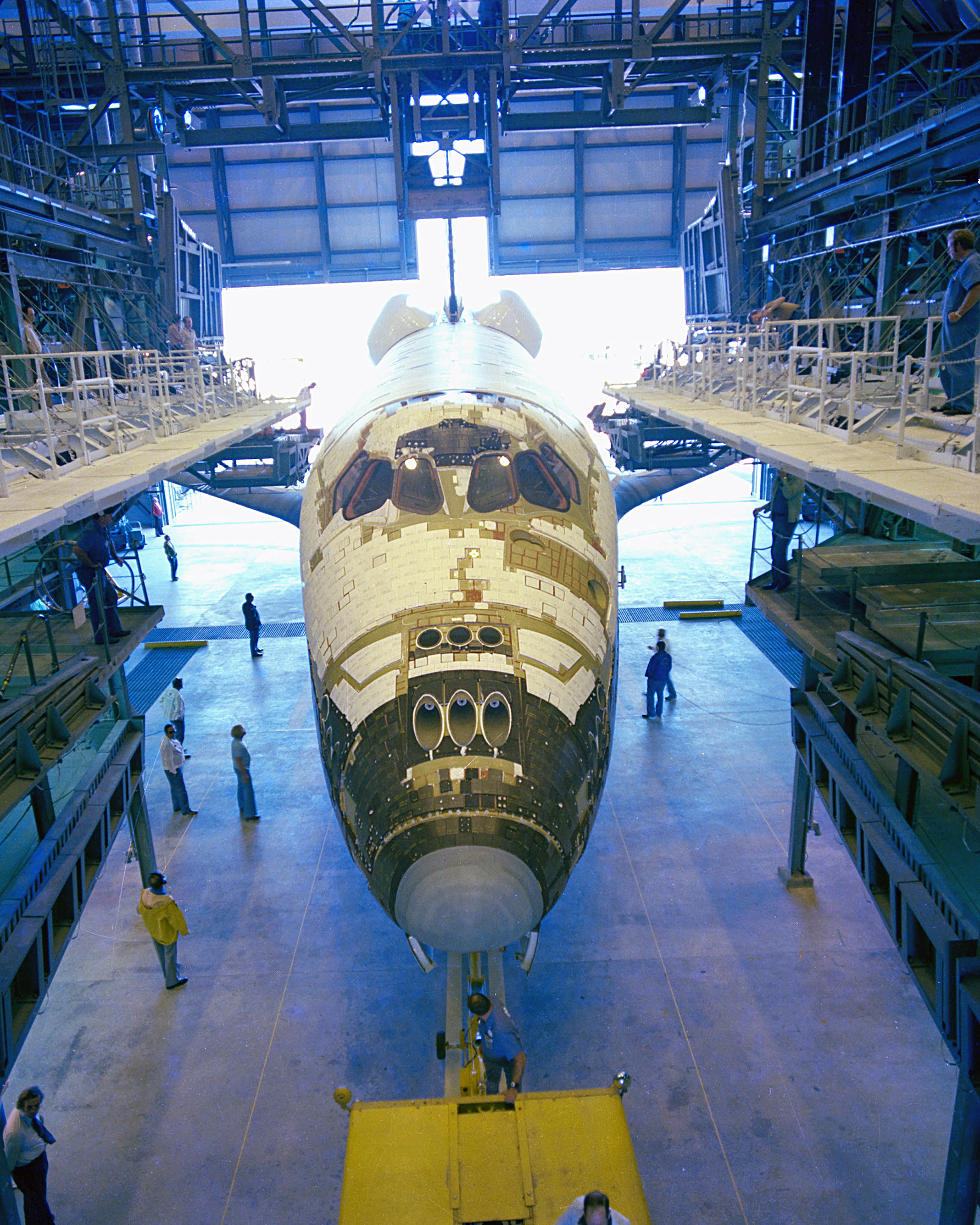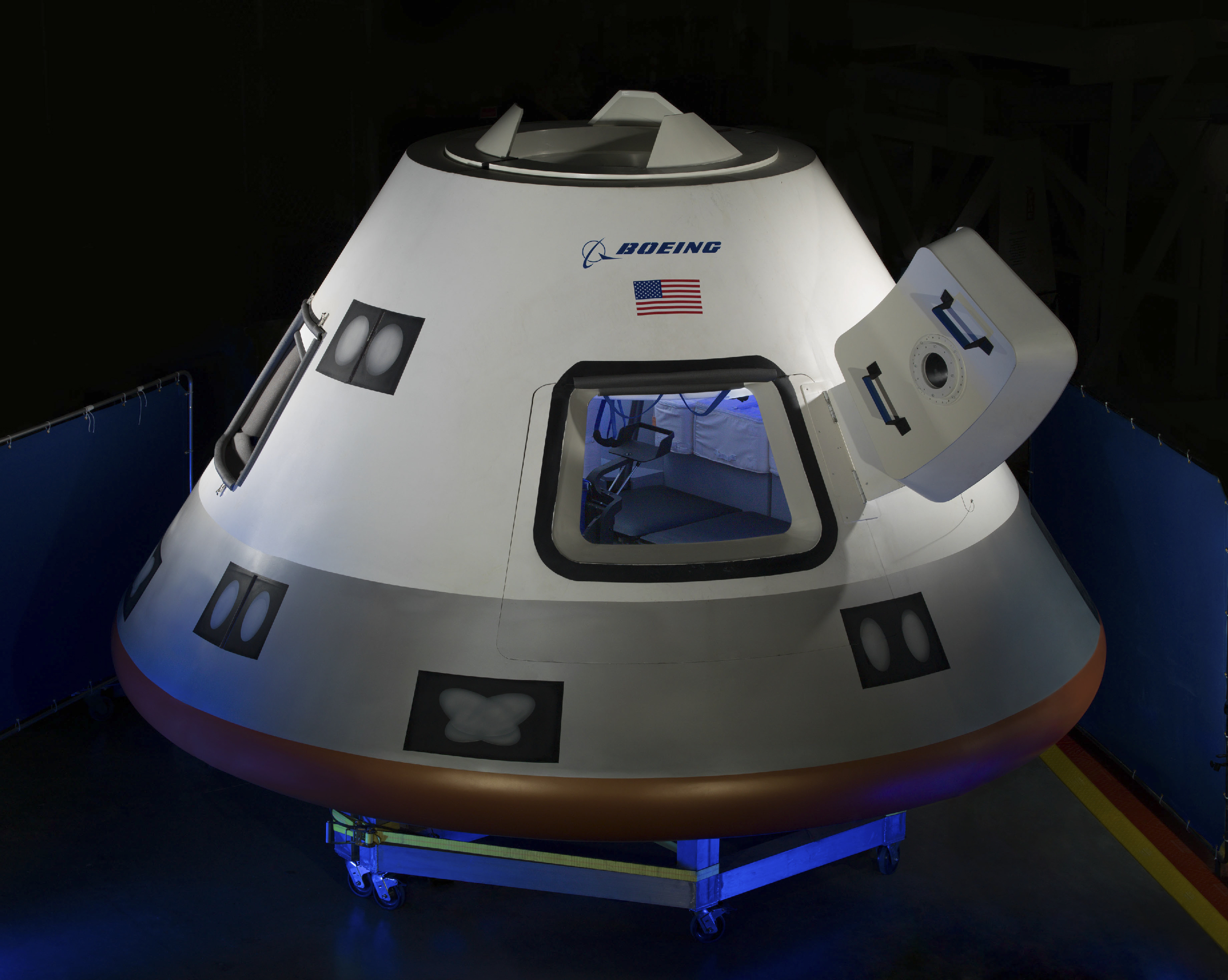|
USOS
The US Orbital Segment (USOS) is the name given to the components of the International Space Station (ISS) constructed and operated by the United States NASA, National Aeronautics and Space Administration (NASA), European Space Agency (ESA), Canadian Space Agency (CSA) and Japan Aerospace Exploration Agency (JAXA). The segment currently consists of eleven pressurized components and various external elements, all of which were delivered by the Space Shuttle. The segment is monitored and controlled from various mission control centers around the world including Johnson Space Center in Houston, Texas, Columbus Control Centre in Oberpfaffenhofen, Germany and Tsukuba Space Center in Tsukuba, Japan. However, it depends on the Russian Orbital Segment for essential flight control, orbital station-keeping and life support systems. Modules The US Orbital Segment consists of 10 pressurized modules. Of these, seven are habitable, and three are connecting nodes with large ports. The port ... [...More Info...] [...Related Items...] OR: [Wikipedia] [Google] [Baidu] |
International Space Station
The International Space Station (ISS) is the largest Modular design, modular space station currently in low Earth orbit. It is a multinational collaborative project involving five participating space agencies: NASA (United States), Roscosmos (Russia), JAXA (Japan), European Space Agency, ESA (Europe), and Canadian Space Agency, CSA (Canada). The ownership and use of the space station is established by intergovernmental treaties and agreements. The station serves as a microgravity and space environment research laboratory in which Scientific research on the International Space Station, scientific research is conducted in astrobiology, astronomy, meteorology, physics, and other fields. The ISS is suited for testing the spacecraft systems and equipment required for possible future long-duration missions to the Moon and Mars. The International Space Station programme, ISS programme evolved from the Space Station Freedom, Space Station ''Freedom'', a 1984 American proposal to constr ... [...More Info...] [...Related Items...] OR: [Wikipedia] [Google] [Baidu] |
ISS Configuration 2021-11 En
The International Space Station (ISS) is the largest modular space station currently in low Earth orbit. It is a multinational collaborative project involving five participating space agencies: NASA (United States), Roscosmos (Russia), JAXA (Japan), ESA (Europe), and CSA (Canada). The ownership and use of the space station is established by intergovernmental treaties and agreements. The station serves as a microgravity and space environment research laboratory in which scientific research is conducted in astrobiology, astronomy, meteorology, physics, and other fields. The ISS is suited for testing the spacecraft systems and equipment required for possible future long-duration missions to the Moon and Mars. The ISS programme evolved from the Space Station ''Freedom'', a 1984 American proposal to construct a permanently crewed Earth-orbiting station, and the contemporaneous Soviet/Russian ''Mir-2'' proposal from 1976 with similar aims. The ISS is the ninth space station to be i ... [...More Info...] [...Related Items...] OR: [Wikipedia] [Google] [Baidu] |
Harmony (ISS Module)
''Harmony'', also known as ''Node 2'', is the "utility hub" of the International Space Station. It connects the laboratory modules of the United States, Europe and Japan, as well as providing electrical power and electronic data. Sleeping cabins for four of the crew are housed here. ''Harmony'' was successfully launched into space aboard Space Shuttle flight STS-120 on 23 October 2007. After temporarily being attached to the port side of the ''Unity'' module, it was moved to its permanent location on the forward end of the ''Destiny'' module on 14 November 2007. ''Harmony'' added to the station's living volume, an increase of almost 20%, from to . Its successful installation meant that from NASA's perspective, the station was considered to be "U.S. Core Complete". Origin of name The unit formerly known as ''Node 2'' was renamed ''Harmony'' in March 2004. The name was chosen in a competition where more than 2,200 students from 32 states participated. The ''Node 2 C ... [...More Info...] [...Related Items...] OR: [Wikipedia] [Google] [Baidu] |
Common Berthing Mechanism
The Common Mechanism (CBM) connects habitable elements in the US Orbital Segment (USOS) of the International Space Station (ISS). The CBM has two distinct sides that, once mated, form a cylindrical vestibule between modules. The vestibule is about long and across. At least one end of the vestibule is often limited in diameter by a smaller bulkhead penetration. The elements are maneuvered to the berthing-ready position by a . Latches and bolts on the Active CBM (ACBM) side pull fittings and floating nuts on the Passive CBM (PCBM) side to align and join the two. After the vestibule is pressurized, crew members clear a passage between modules by removing some CBM components. Utility connectors are installed between facing bulkheads, with a closeout panel to cover them. The resulting tunnel can be used as a loading bay, admitting large payloads from visiting cargo spacecraft that would not fit through a typical personnel passageway. Design overview All CBM types feat ... [...More Info...] [...Related Items...] OR: [Wikipedia] [Google] [Baidu] |
Pressurized Mating Adapter
The Pressurized Mating Adapter (PMA) is a class of spacecraft adapters that convert the Common Berthing Mechanism (CBM) used on the US Orbital Segment to APAS-95 docking ports. There are three PMAs located on the International Space Station (ISS); the first two were launched with the ''Unity'' connecting module in 1998 aboard STS-88, and the third was launched in 2000 aboard STS-92. All three of the PMAs are now used to permanently connect parts of the ISS, so they are no longer available as docking ports for visiting spacecraft. Design/History Its origins lie in designs for the Pressurized Docking Mast, consisting of an off-axis frustoconical docking tunnel contained within a framework and a retractable coupling mechanism, later part of the Pressurized Berthing Adapter assembly that appeared in designs for Space Station Freedom 1987, and the reduced design referred to as 'Fred' 1991. After 1992-93 and the Russian integration into the International Space Station Alpha p ... [...More Info...] [...Related Items...] OR: [Wikipedia] [Google] [Baidu] |
Space Shuttle
The Space Shuttle is a retired, partially reusable low Earth orbital spacecraft system operated from 1981 to 2011 by the U.S. National Aeronautics and Space Administration (NASA) as part of the Space Shuttle program. Its official program name was Space Transportation System (STS), taken from a 1969 plan for a system of reusable spacecraft where it was the only item funded for development. The first ( STS-1) of four orbital test flights occurred in 1981, leading to operational flights ( STS-5) beginning in 1982. Five complete Space Shuttle orbiter vehicles were built and flown on a total of 135 missions from 1981 to 2011. They launched from the Kennedy Space Center (KSC) in Florida. Operational missions launched numerous satellites, interplanetary probes, and the Hubble Space Telescope (HST), conducted science experiments in orbit, participated in the Shuttle-''Mir'' program with Russia, and participated in construction and servicing of the International Space Station (ISS ... [...More Info...] [...Related Items...] OR: [Wikipedia] [Google] [Baidu] |
Boeing Starliner
The Boeing CST-100 Starliner is a class of two partially reusable spacecraft designed to transport crew to the (ISS) and other low-Earth-orbit destinations. It is manufactured by for its participation in 's Commercial Crew ... [...More Info...] [...Related Items...] OR: [Wikipedia] [Google] [Baidu] |
SpaceX Dragon 2
Dragon 2 is a class of partially reusable spacecraft developed and manufactured by American aerospace manufacturer SpaceX, primarily for flights to the International Space Station (ISS). SpaceX has also launched private missions such as Inspiration4 and Axiom Mission 1. There are two variants: Crew Dragon, a spacecraft capable of ferrying four crew, and Cargo Dragon, an updated replacement for the original Dragon 1. The spacecraft consists of a reuseable space capsule and an expendable trunk module. The spacecraft launches atop a Falcon 9 Block 5 rocket and the capsule returns to Earth via splashdown. Cargo Dragon supplies cargo to the ISS under a Commercial Resupply Services-2 contract with NASA. The first flight of Dragon 2 in a cargo configuration launched in December 2020. It shares this duty with Northrop Grumman Innovation Systems' Cygnus spacecraft, and Sierra Nevada Corporation's Dream Chaser spacecraft is expected to join them . , Crew Dragon is the only ... [...More Info...] [...Related Items...] OR: [Wikipedia] [Google] [Baidu] |
NASA Docking System
The NASA Docking System (NDS) is a spacecraft docking and berthing mechanism used on the International Space Station (ISS), the Orion spacecraft, and the Starliner. The NDS is NASA's implementation of the International Docking System Standard (IDSS), an international spacecraft docking standard promulgated by the International Space Station Multilateral Coordination Board. The international Low Impact Docking System (iLIDS) is the precursor to the NDS. NDS Block 1 was designed and built by The Boeing Company in Houston, TX, to meet the IDSS standards. Design qualification testing took place through January 2017. Using NDS, NASA developed the International Docking Adapter (IDA) to provide two IDSS-compliant docking ports on the ISS. The IDAs were delivered to the ISS starting in 2016. Each of two existing Pressurized Mating Adapters has an IDA permanently attached, so the former PMA function is no longer available for visiting spacecraft. Since 2019, visiting spacecraft dock to th ... [...More Info...] [...Related Items...] OR: [Wikipedia] [Google] [Baidu] |
APAS-95
The terms Androgynous Peripheral Attach System (APAS), Androgynous Peripheral Assembly System (APAS) and Androgynous Peripheral Docking System (APDS), are used interchangeably to describe a family of spacecraft docking mechanisms, and are also sometimes used as a generic name for any docking system in that family. A system similar to APAS-89/95 is used by the Chinese Shenzhou spacecraft. Overview The name of the system is Russian in origin, and is an acronym, , in the Cyrillic alphabet, from the Russian (''Androginno-periferiynyy agregat stykovki''). The English acronym was designed to be just the same letters but in the Latin alphabet, for which the first two words are direct counterparts of those in the original. The third word in Russian comes from the German , meaning "complicated mechanism", and the last means "docking". The last two words in the English name were picked to begin with the same equivalent letters as in the Russian name. The idea behind the design is that unl ... [...More Info...] [...Related Items...] OR: [Wikipedia] [Google] [Baidu] |
Cygnus (spacecraft)
Cygnus is an expendable American cargo spacecraft developed by Orbital Sciences Corporation and now manufactured and launched by Northrop Grumman Space Systems as part of NASA's Commercial Resupply Services (CRS) program. It is launched by Northrop Grumman's Antares rocket or ULA's Atlas V and is designed to transport supplies to the International Space Station (ISS) following the retirement of the American Space Shuttle. Since August 2000, ISS resupply missions have been regularly flown by the Russian Progress spacecraft, as well as by the European Automated Transfer Vehicle, and the Japanese H-II Transfer Vehicle. With the Cygnus spacecraft and the SpaceX Dragon, NASA seeks to increase its partnerships with domestic commercial aviation and aeronautics industry. ''Cygnus'' is the Latinized Greek word for swan and a northern constellation. Development With Rocketplane Kistler unable to meet funding obligations for its K-1 launch vehicle under the terms of the COTS agre ... [...More Info...] [...Related Items...] OR: [Wikipedia] [Google] [Baidu] |








